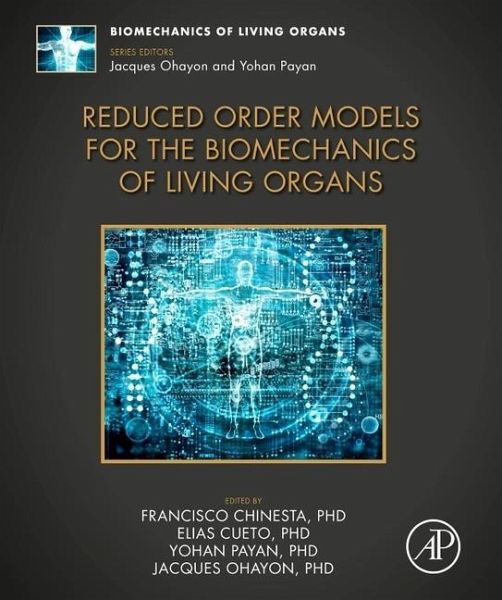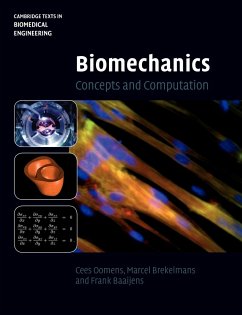
Reduced Order Models for the Biomechanics of Living Organs

PAYBACK Punkte
88 °P sammeln!
Reduced Order Models for the Biomechanics of Living Organs, a new volume in the Biomechanics of Living Organisms series, provides a comprehensive overview of the state-of-the-art in biomechanical computations using reduced order models, along with a deeper understanding of the associated reduction algorithms that will face students, researchers, clinicians and industrial partners in the future. The book gathers perspectives from key opinion scientists who describe and detail their approaches, methodologies and findings. It is the first to synthesize complementary advances in Biomechanical mode...
Reduced Order Models for the Biomechanics of Living Organs, a new volume in the Biomechanics of Living Organisms series, provides a comprehensive overview of the state-of-the-art in biomechanical computations using reduced order models, along with a deeper understanding of the associated reduction algorithms that will face students, researchers, clinicians and industrial partners in the future. The book gathers perspectives from key opinion scientists who describe and detail their approaches, methodologies and findings. It is the first to synthesize complementary advances in Biomechanical modelling of living organs using reduced order techniques in the design of medical devices and clinical interventions, including surgical procedures. This book provides an opportunity for students, researchers, clinicians and engineers to study the main topics related to biomechanics and reduced models in a single reference, with this volume summarizing all biomechanical aspects of each living organ in one comprehensive reference.













